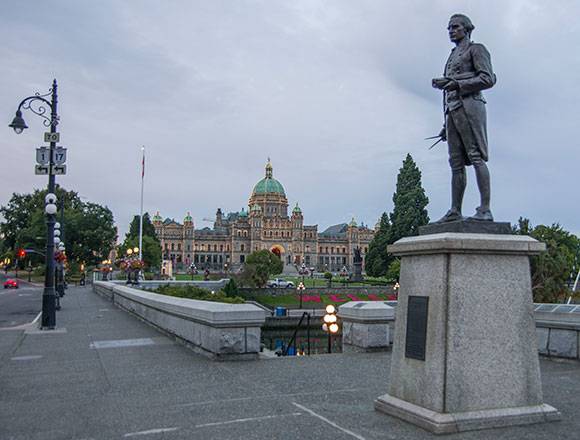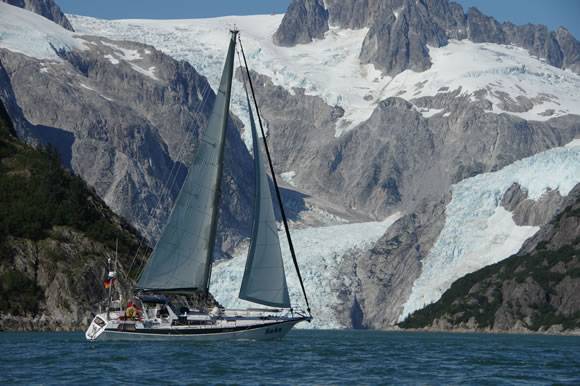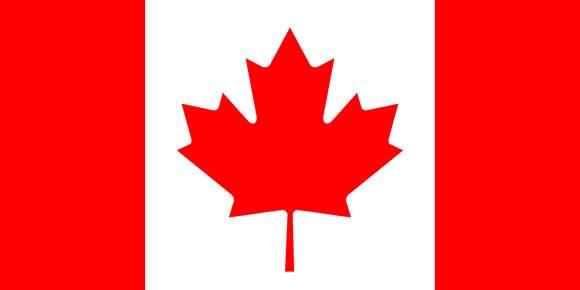Entry Date: 27.08.2017, at 11:50:59 hrs (local)
Prince Rupert - Victoria

Victorias history
| PRID: | 11312 |
|---|---|
| LegID: | 305 |
| LegNo: | 54 |
| Latitude: | N048°25.31' |
| Longitude: | W123°22.18' |
| Day#: | 647 |
| Log (Leg): | 704 nm |
| Log (Total): | 36765 nm |
But the European have not been the first humans on Vancouver Island. Prior to the arrival of European navigators in the late 1700s, the Victoria area was home to several communities of Coast Salish peoples, including the Songhees. There presents can be dated back for at least 4000 years.
In 1841 James Douglas was responsible to set up a trading post for the Hudson´s Bay Company on the southern tip of Vancouver Island. The well protected natural harbor was the best choice. In 1843 it was renamed in Fort Victoria and become an important hub for fur trading.
When news of the discovery of gold on the British Columbia mainland reached San Francisco in 1858, Victoria became the port, supply base, and outfitting center for miners on their way to the Fraser Canyon gold fields, mushrooming from a population of 300 to over 5000 within a few days.
Victoria was incorporated as a city in 1862. In 1866 when the island was politically united with the mainland, Victoria was designated the capital of the new united colony and became the provincial capital when British Columbia joined the Canadian Confederation in 1871.
Today Victoria is a magnet for tourists from all over the world. Not just the two busy cruise ship terminals are getaways for thousands of visitors. It is no big surprise that the tourism industry is together with government and education the main job supplier in this area.
The city can not deny its British roots. Many of its buildings dating back to the early 1900s. Victoria is very green and takes pride in the many flowers that bloom even in winter or early spring. So the by-name City of Gardens was earned.
We would love to stay and learn much more about this beautiful city. However we have to continue our journey. With sad feelings we leave this lovely and interesting place and looking forward to new things to discover on our way. From here we will leave Canada. Ahead of us is the west coast of the United States.






